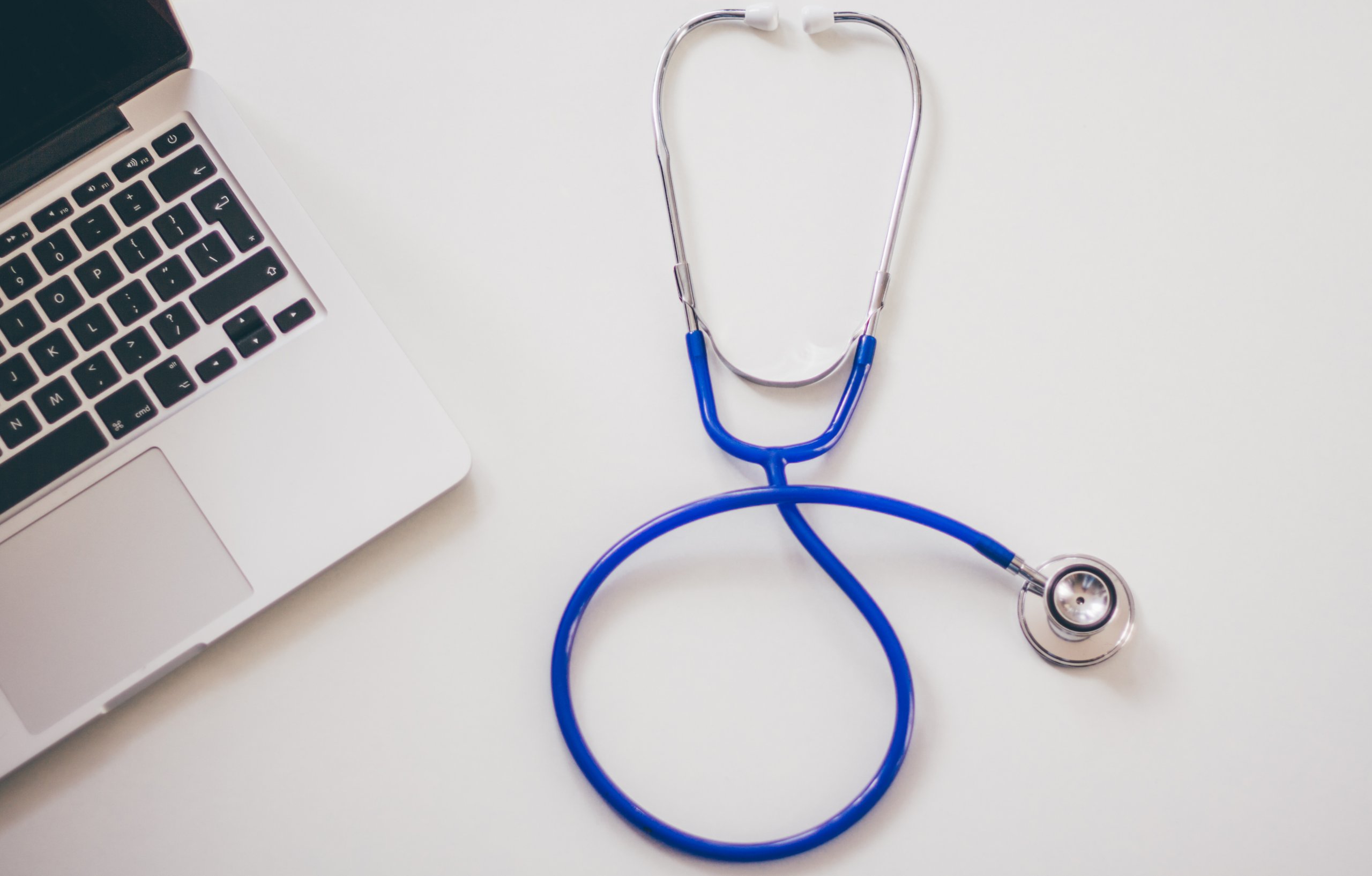Following your breast augmentation, aftercare instructions can be the difference between facing unexpected complications and having a comfortable and speedy recovery. At each stage of the healing process, we’ll provide you with in-depth information to ensure your safety and the best possible results. While our easy-to-understand instructions certainly do the job on their own, it never hurts to have more knowledge.
Below, we’ve outlined the general aftercare steps for an ideal recovery. That said, every patient’s breast augmentation (and recovery process) at Aesthetx is entirely one-of-a-kind. It’s vital to read every post-op care step your doctor gives you and follow them to the letter. If you have questions about your procedure or post-op process, our team of board-certified surgeons can answer any and all concerns during your initial consultation.
Breast Implant Surgery Aftercare Instructions
During the first few days after surgery, your main goals are to get rest, relax, listen to what your body tells you, and enjoy a bit of pampering. For at least the first 24 to 48 hours, you’ll need to have a friend or family member with you to help complete basic tasks. From there, all you’ll need to do is follow each step of your aftercare instructions and witness your body’s incredible healing ability.

Post-Op Medications
The initial healing phase comes with the most significant degree of discomfort. Patients can experience a range of manageable symptoms, including nausea, swelling, pain, and muscle cramps. To help ensure your comfort and timely recovery, we’ll provide you with all the necessary medications.
Nausea
Aftercare begins immediately after surgery. Most breast implant surgeries are completed under general anesthesia as an outpatient procedure. You’ll likely be able to return home shortly after surgery. As your anesthesia wears off, some patients may experience nausea and vomiting.
We’ll provide you with anti-nausea medication, to be taken every six hours for the first 24 to 48 hours.
Pain
Once the anesthesia has subsided, patients may also experience some pain or discomfort in the surgical area. This is a healthy sign of the body healing. To ensure your comfort, you’ll be given a prescription for pain medication. However, we recommend trying to manage discomfort with cold compresses and over the counter medicines like ibuprofen or acetaminophen as much as possible for optimal results.
If you’re still experiencing considerable pain during the initial healing phase, patients can take the minimum dose of prescription pain medication. While taking pain medication, it is crucial to avoid alcohol, as combining these can be dangerous and potentially damage the liver. Some patients may experience constipation with extended pain medication use, in which case over the counter stool softeners can be quite helpful.
Finally, avoid all products containing aspirin, as this medication is a blood thinner that interferes with blood coagulation, possibly slowing the healing process.
Muscle Cramps
Patients will also be given a muscle relaxant to help relieve muscle aches and cramping. Discomfort in the neck, back, chest, or shoulders is common following breast implant surgery. If you’re taking pain medication, wait at least an hour before taking a muscle relaxant to avoid excessive drowsiness.
Infection
You’ll be given a prescription antibiotic to be taken throughout the initial healing process, as well. This helps prevent infection at the surgical site and ensure a safe recovery.
The Dos and Do Nots
Following your breast implant surgery, we strongly recommend patients try to sit, stand, and walk around by the night of surgery day. Gentle motion prevents blood clots and kickstarts the body’s healing mechanisms. Any activity that’s more strenuous than walking will need to be avoided for the first few days.
Patients should also restrict their range of arm motion. This includes lifting yourself or supporting your full weight in bed. You’ll also need to avoid lifting objects heavier than five pounds. It’s vital for patients with young children to have someone available in the home to help you out. By the end of the first week, most patients who’ve followed their aftercare instructions can return to work and other everyday activities, assuming their job doesn’t require strenuous activity.
As for resuming exercise, you’ll need to get your surgeon’s approval before resuming rigorous activity. We’ll be sure to tell you what’s appropriate at each follow-up appointment.
When it comes to sleep, you’ll see optimal results by sleeping on your back for several weeks. If possible, begin practicing this a few months before surgery, so the transition is accomplishable.
We’ll provide you with in-depth instructions for how to bathe, handle your bandages, and wear surgical bras. Your surgeon will instruct you when it’s appropriate to remove your wound dressings. Once you’ve taken these off, you’ll be able to shower and carefully pat dry the remaining steri-strip bandages. Swimming, hot tubs, and baths will be off-limits for several weeks to avoid the risk of infection.
Questions? Get In Touch
At Aesthetx, we believe every patient deserves to fully understand each step of the pre and post-op process. We hope this guide has given you a clearer picture of what to expect from breast implant surgery recovery. If you have any further questions or are interested in learning more about breast augmentation, please reach out to schedule a consultation.
To get in touch, give our Campbell, CA office a call at (408) 559-7177 or contact us online today.



